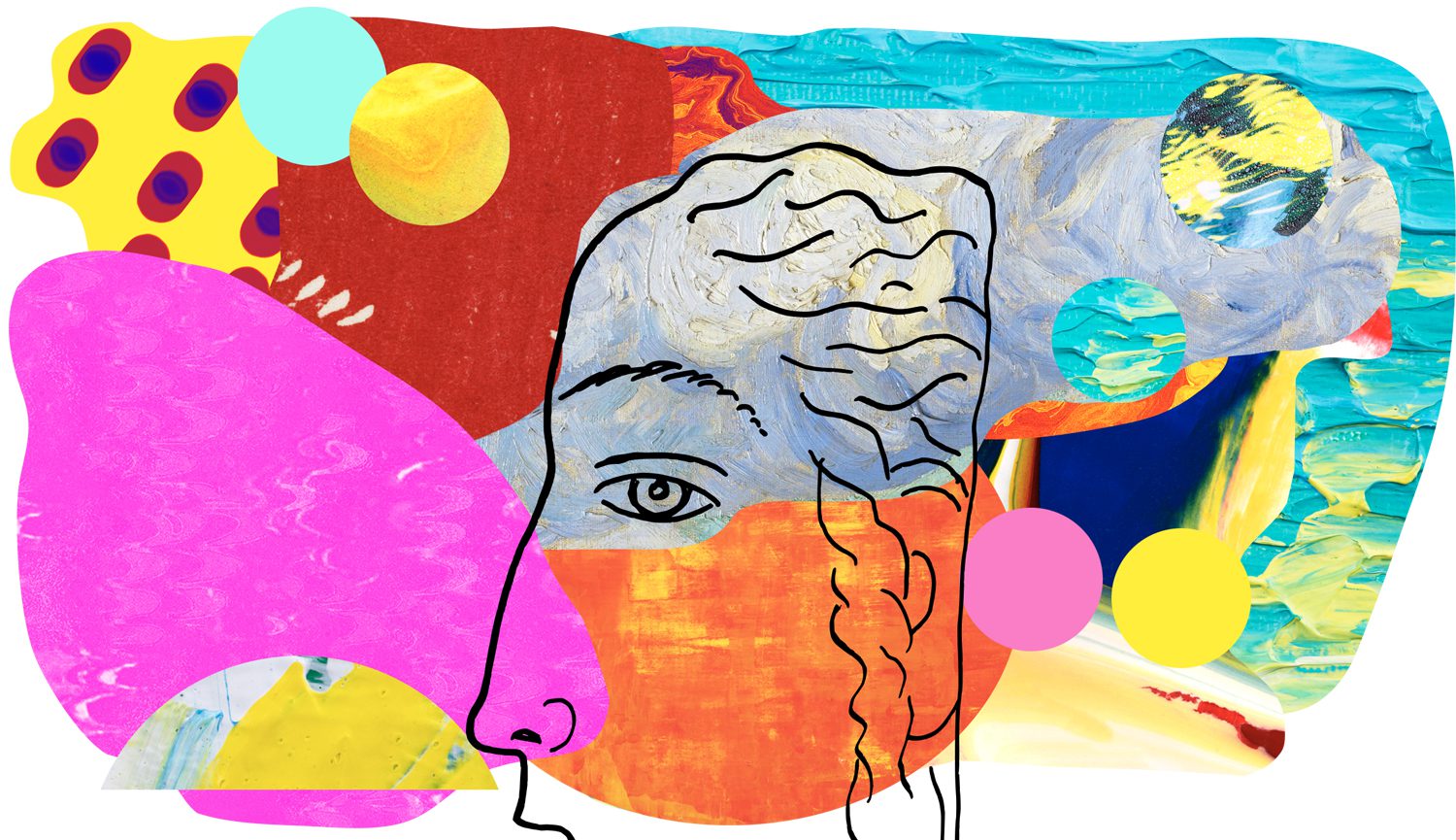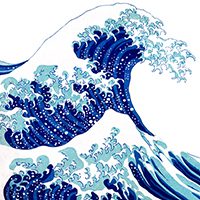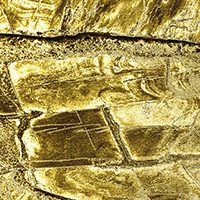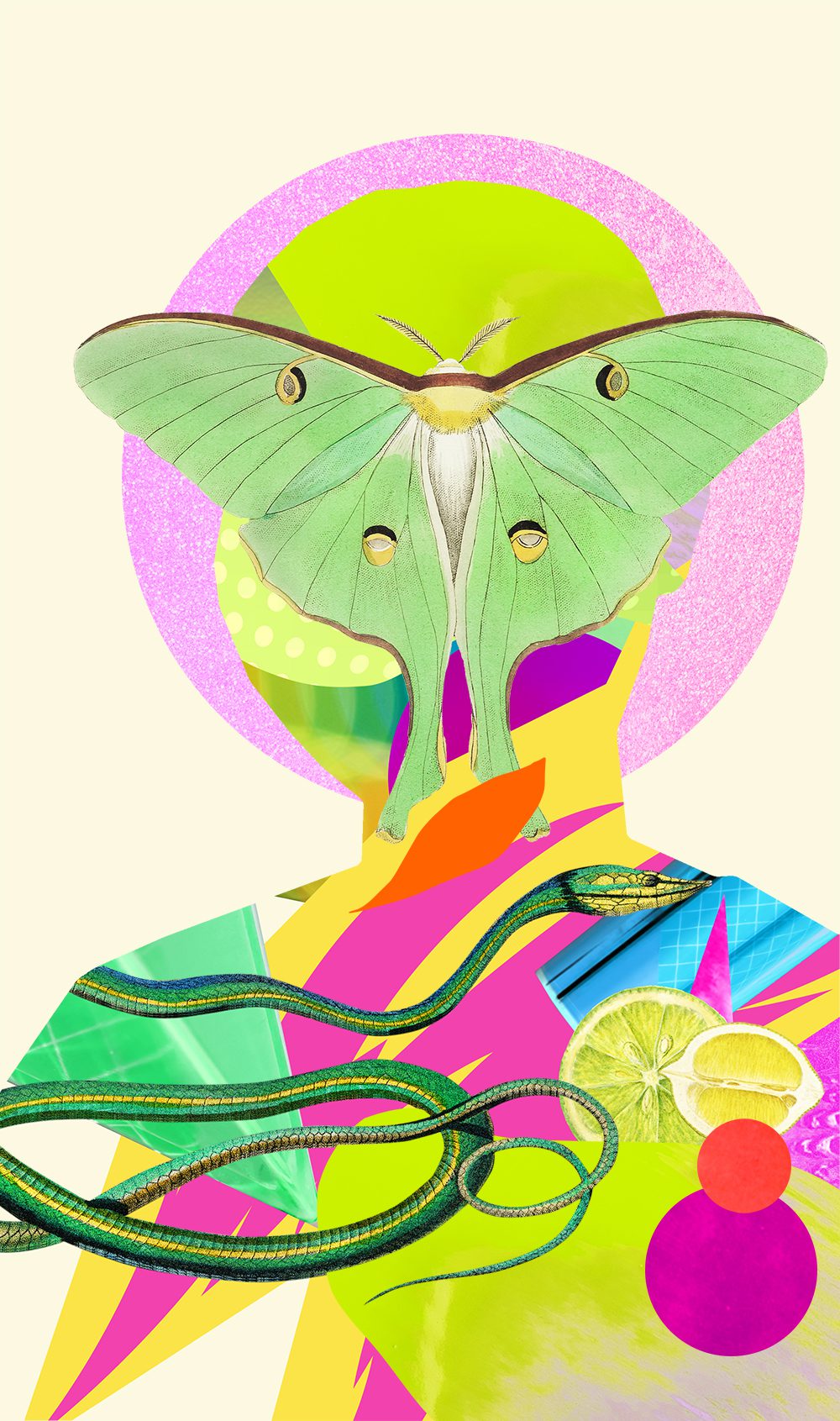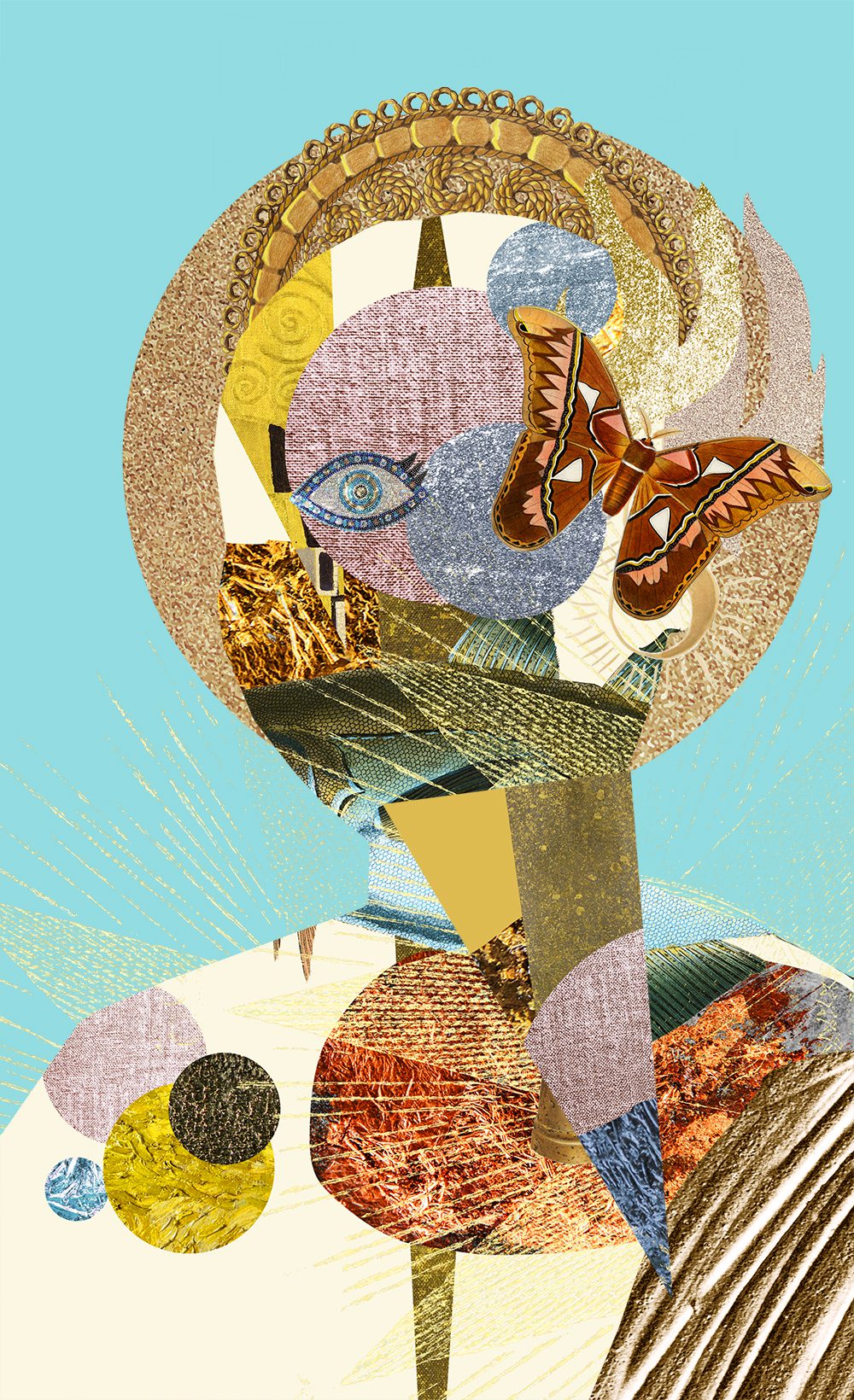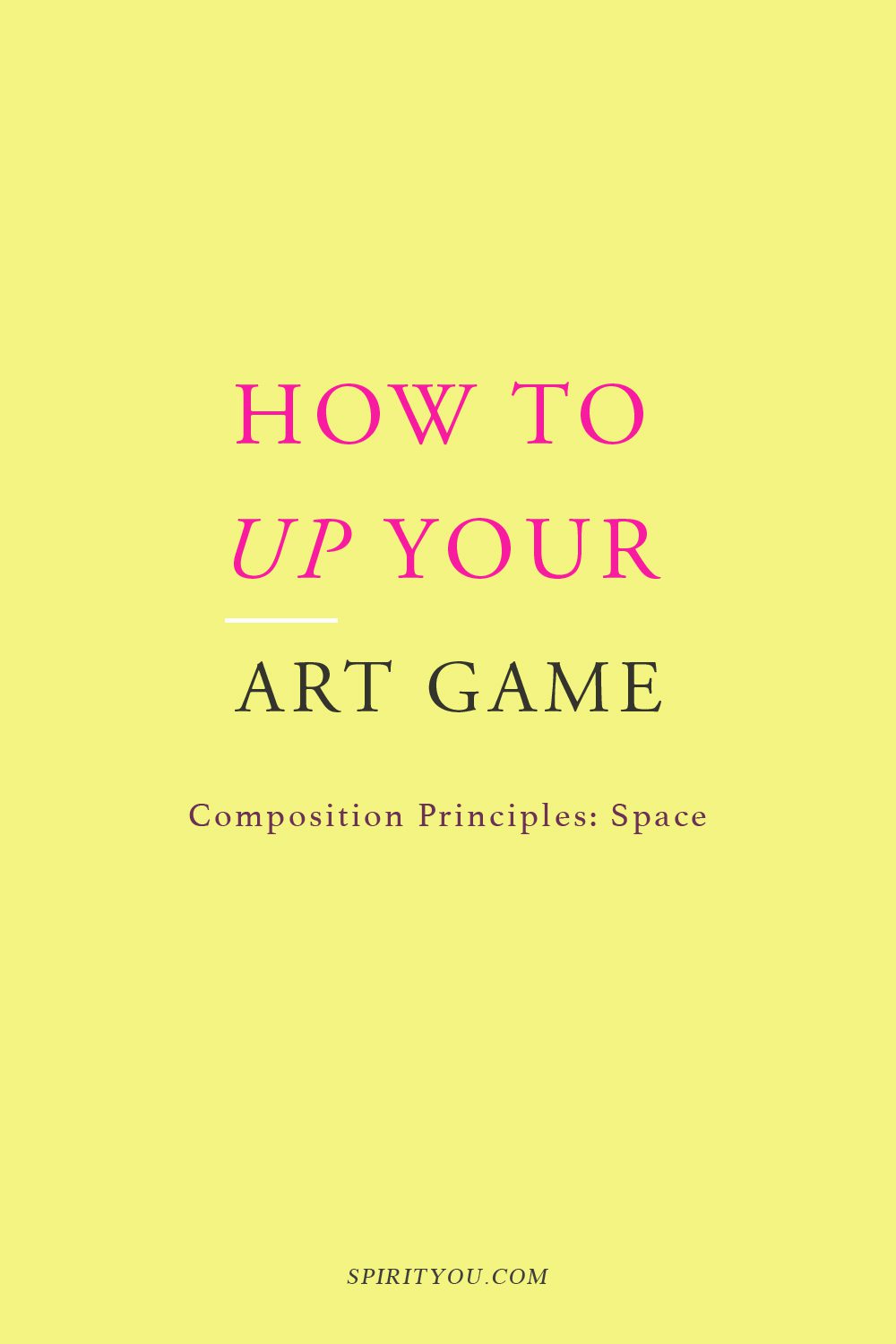
Composition Principles: Space
Composition refers to the arrangement of elements within an artwork. Although art is largely an intuitive practice, by breaking down and putting a spotlight onto individual elements we can evaluate and elevate our art. This series focuses on the principles within composition, so you can cherry-pick your favourite ideas and level up your art practice.
Let’s dive into today’s topic: SPACE!
SPACE
Today we’re looking at how depth and the illusion of three-dimensional space can be created on a flat artwork and how these techniques create realism. Worth mentioning here is my entry on shapes as it covers the other concept of space in art – positive and negative space 🙂
PERSPECTIVE
Perspective is the method by which objects drawn or painted on a flat surface are given the appearance of depth and distance by utilising linear perspective and atmospheric perspective (source).
LINEAR PERSPECTIVE
Linear perspective (one, two, or three-point perspective) is the method of representing space in which the scale of an object diminishes as the distance from the viewer increases. Objects that are farther away from us appear smaller than those that are near. Anything beyond the horizon line (the intersection of where the ground meets the sky) is no longer visible to the human eye. (source).
One-Point Perspective
In a one-point perspective artwork, there’s only one horizon line and one vanishing point (where all the lines converge). When we draw an object closer to the horizon line, it is generally perceived at a distance. When we draw an object away from the horizon, it’s perceived as closer to the viewer. Because we experience this phenomenon in real life, using this perspective can help make your artwork realistic (source). In the painting below, the people are almost the same size as the houses but since the houses are closer to the horizon line the proportions make sense.
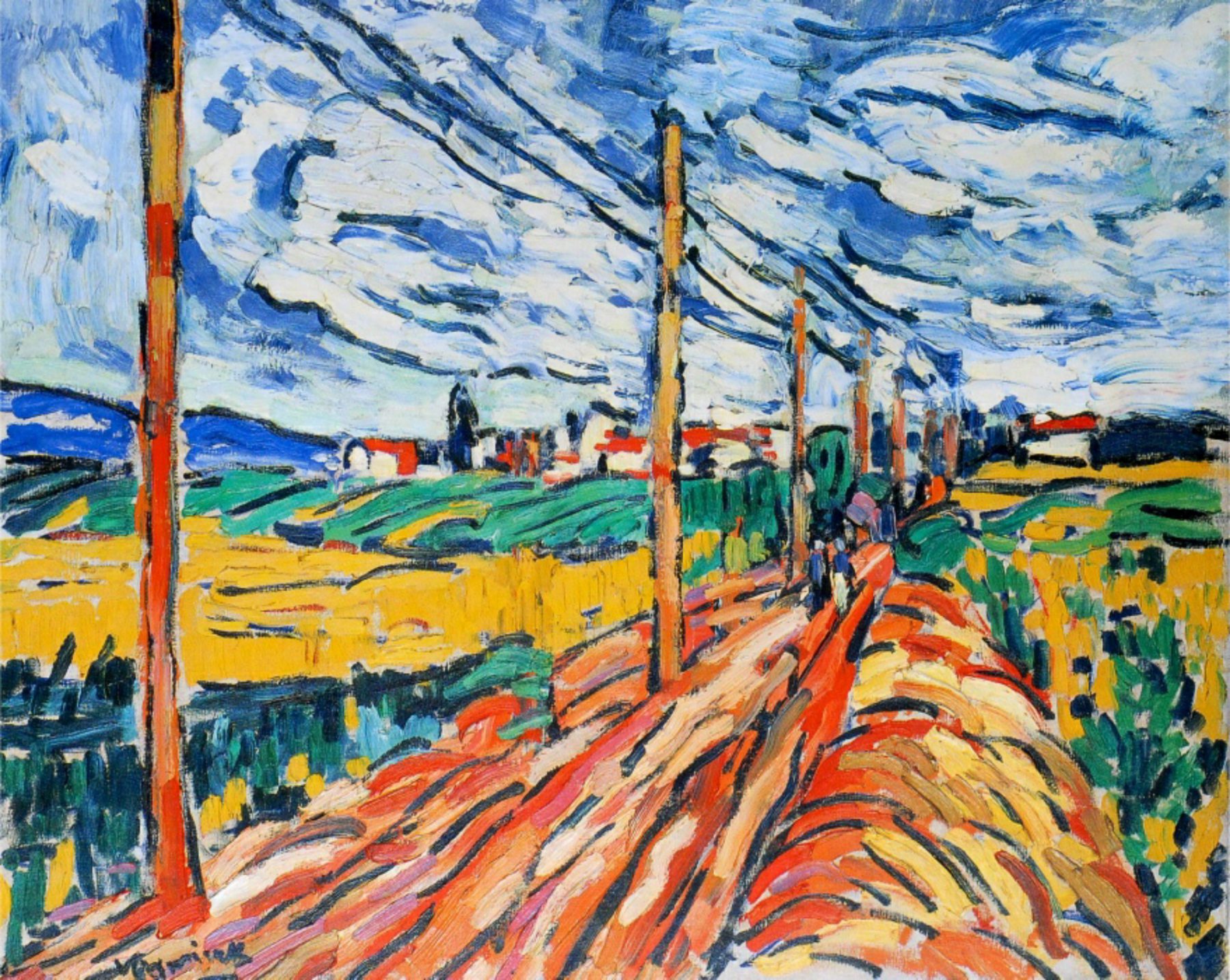
MAURICE DE VLAMINCK – La Route
In this classic road scene (with an obvious, land-meets-sky horizon line) we can witness a one-point perspective; the lines of the road and the telegraph pole lead into the vanishing point. I’ve linked to some great youtube videos in the ‘homework’ section at the end to help you grasp this concept even better 🙂
Two or Three-Point Perspective
Similar to one-point Perspective but this time with two or three vanishing points on the horizon line.
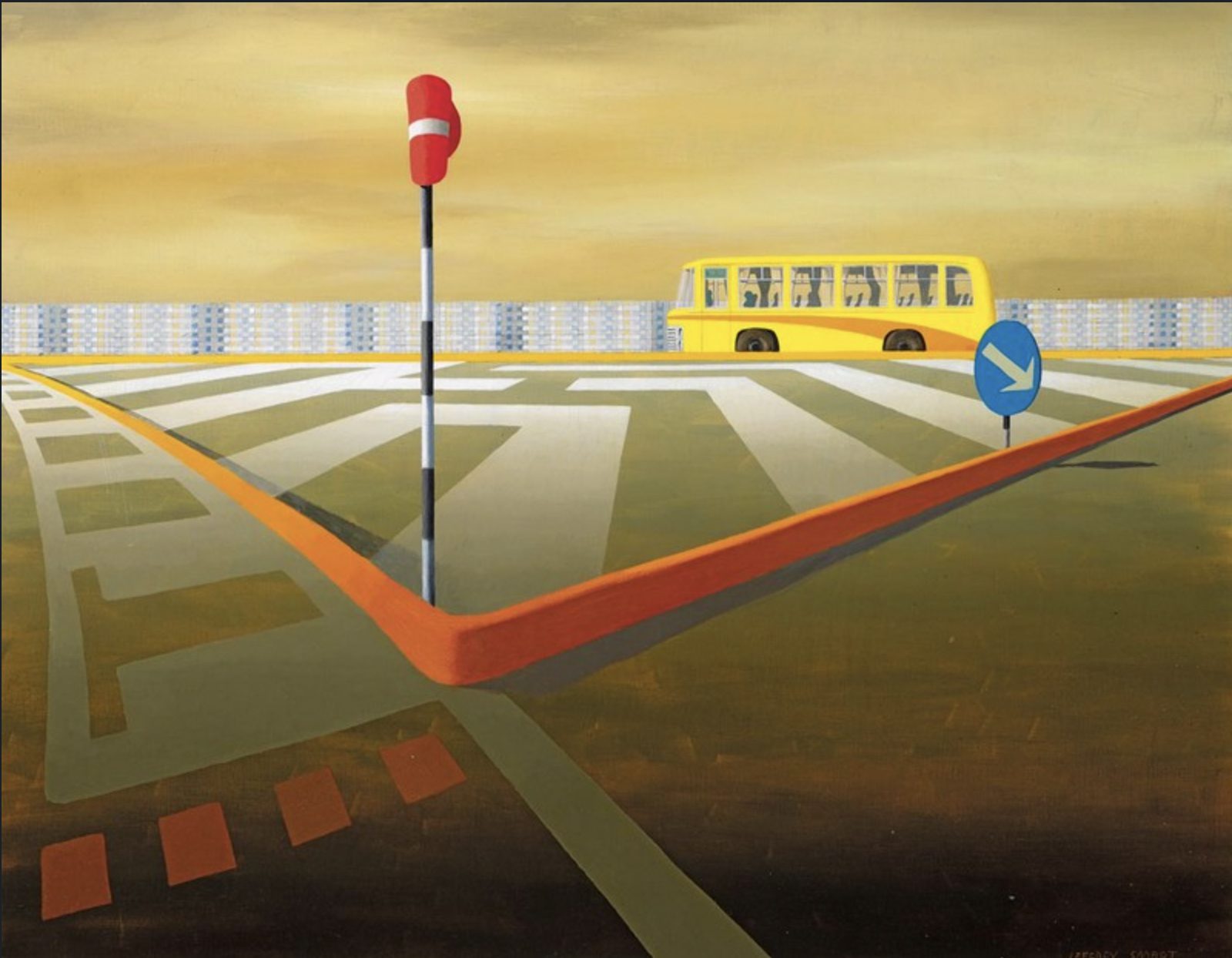
JEFFREY SMART – Bus By The Tiber
Jeffrey uses a two-point perspective in the artwork above. A two-point perspective is formed when you’re looking at the corner of a shape instead of its face. In the above example, we see the edge of the orange curb and then the two roads leading out to two separate vanishing points on the horizon line (one on the left-hand side and one on right-hand side just off the canvas edge).
Atmospheric Perspective
Linear perspective is based on mathematics and straight lines, but atmospheric perspective (also called aerial perspective) relies on conveying depth through value changes, colours, and visual clarity (source). Colors become weak and objects blurry as they move away from the viewer’s eye whilst objects closer to the eye are given more detail and contrast.
The way to achieve this effect is to your keep your values, colours, contrast, and details that are closest, strongest, whilst diminishing the values, colours, contrast, and details that you want to place further away from your viewer. The concept of aerial perspective happens naturally in the world due to particles of dust and moisture in the air which reduce visual contrast. The further back our line of sight goes, the more muted our visual perception becomes (source).
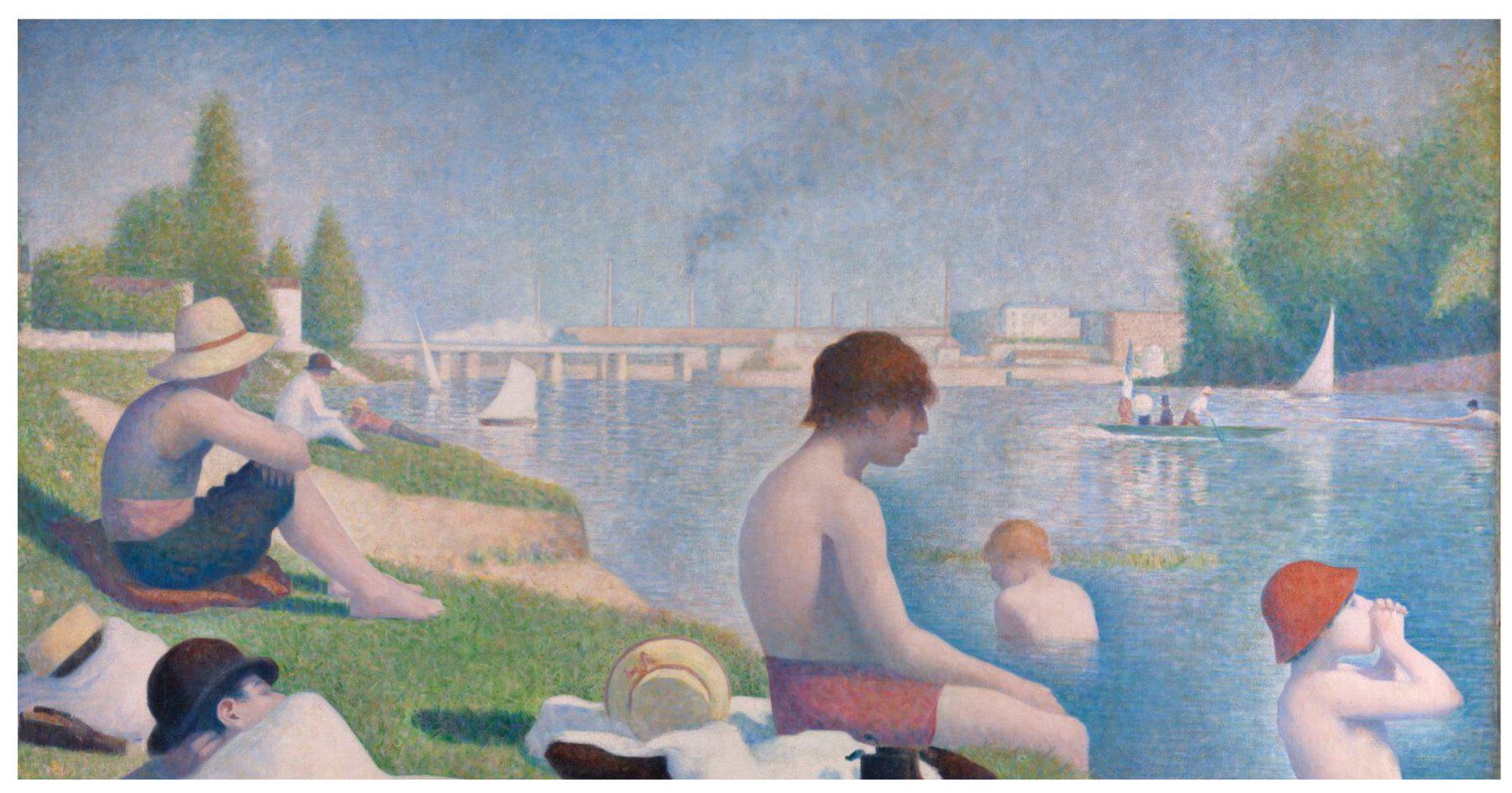
GEORGES SEURAT – Bathers At Asneieres
The painting above is a great example of atmospheric perspective.
The bathers at the front have the strongest contrast, colour, and sharpness. As objects get closer to the horizon line they start to lose their contrast, detail and colour.
Overlapping
Another way to create a sense of depth, illusion, and realism is to employ overlapping as a technique. Overlapping simply involved placing one object in front of another, creating the illusion that the object in front is closer to the viewer (source).
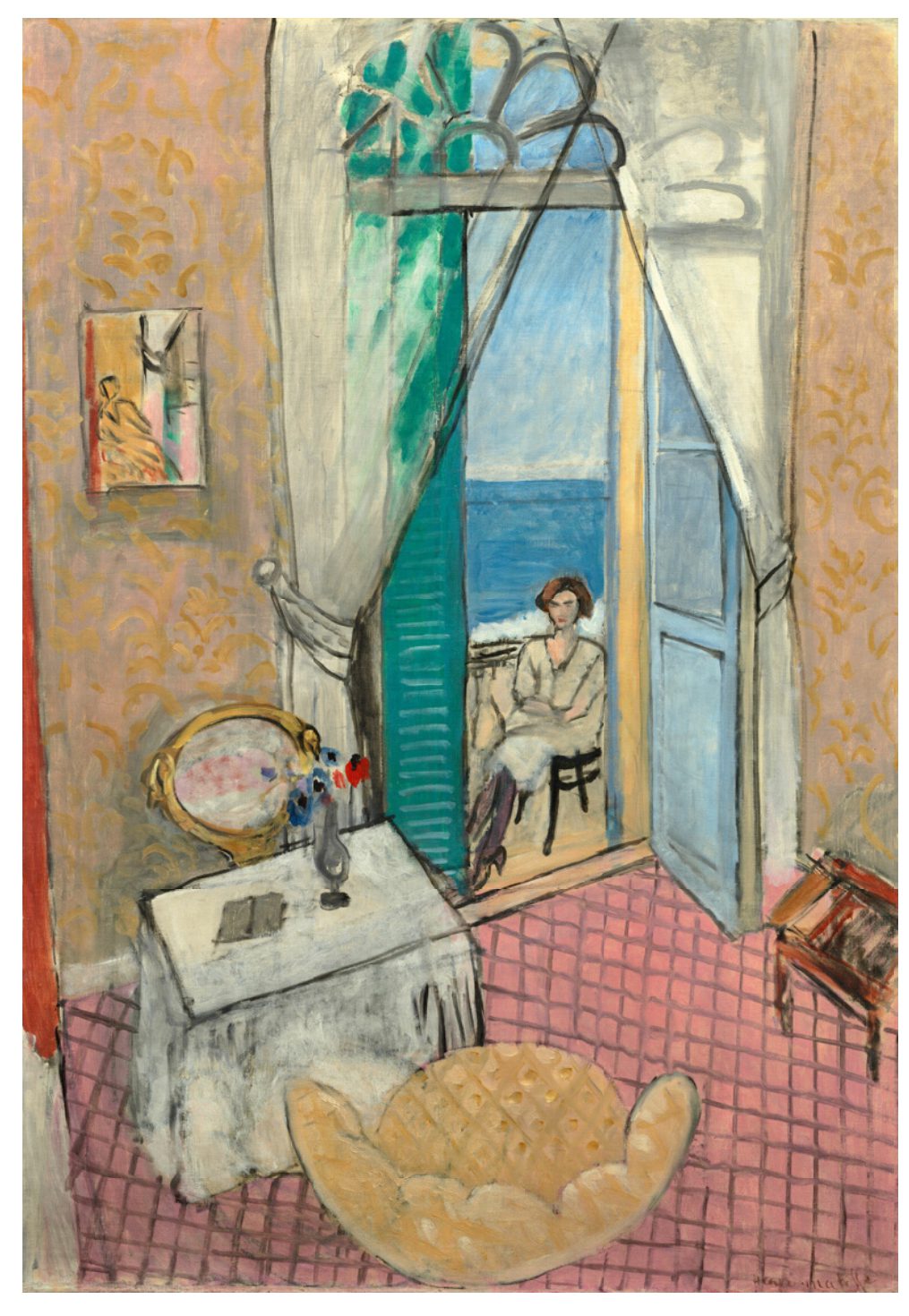
HENRI MATISSE – Interior at Nice
In Matisse’s painting, we can tell the cream seat is in front of the table, the table is in front of the curtain, which is in front of the woman who is in front of the sea. Matisse could have also employed linear and atmospheric perspective but the style of his art would change completely.
Flat/Shallow Space
We’ve talked about creating the illusion of three-dimensional space on a flat artwork but sometimes the end goal of an artwork isn’t realism. Ancient Egyptian Art and Art Nouveau are two early styles known for their flat forms used for communication, symbolism, and decoration.
A group of young French artists, Les Nabis (The Prophets) active in Paris from 1888 until 1900, played a large part in the transition from impressionism and academic art to abstract art, symbolism, and the other early movements of modernism. The Les Nabis members took influence from Japanese block prints, literature, music, and the theater of the symbolist movement. In August 1890, Maurice Denis, gave the group a more concrete philosophy, writing an article ‘The Definition of Neo-traditionalism’, which became the manifesto of the movement. The celebrated opening line of the essay was: “Remember that a picture, before being a battle horse, a female nude or some sort of anecdote, is essentially a flat surface covered with colors assembled in a certain order.” (source)
Cubism would follow and stir the realism pot further with multiple viewpoints and dimensions. Bauhaus, abstract, pop, and psychedelic art (movements in the 20th century) completely broke away from the constraints of realism, whilst the superflat movement in 2000 (founded by artist Takashi Murakami) downplayed linear and atmospheric perspective entirely, instead paying homage to the flattened Japanese forms of graphic art, animation, and pop culture. (source)
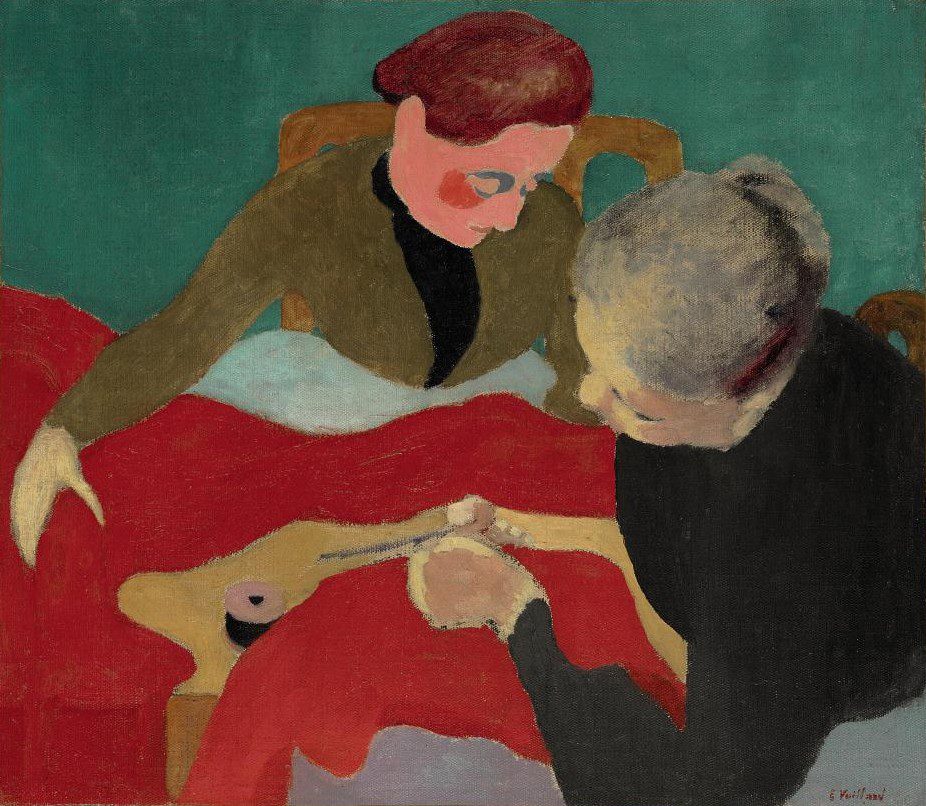
VUILLARD ÉDOUARD – The seamstresses
Vuillard was one of the original members of the Les Nabis movement, who believed “ work of art was not a depiction of nature, but a synthesis of metaphors and symbols created by the artist” (source). You can see in the above painting Vuillard relies on solid blocks of colour and takes a step away from trying to create a three-dimensional illusion.
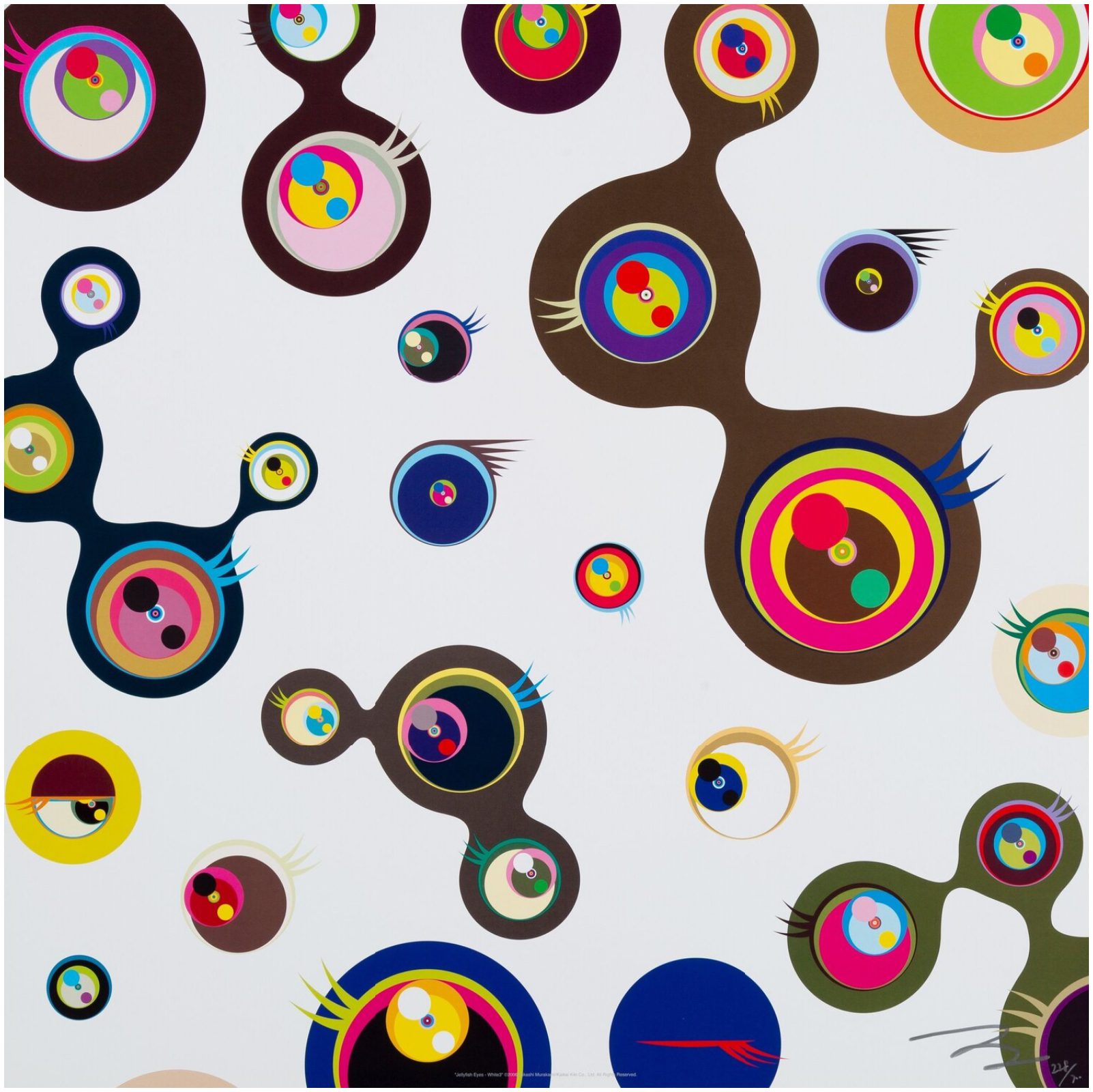
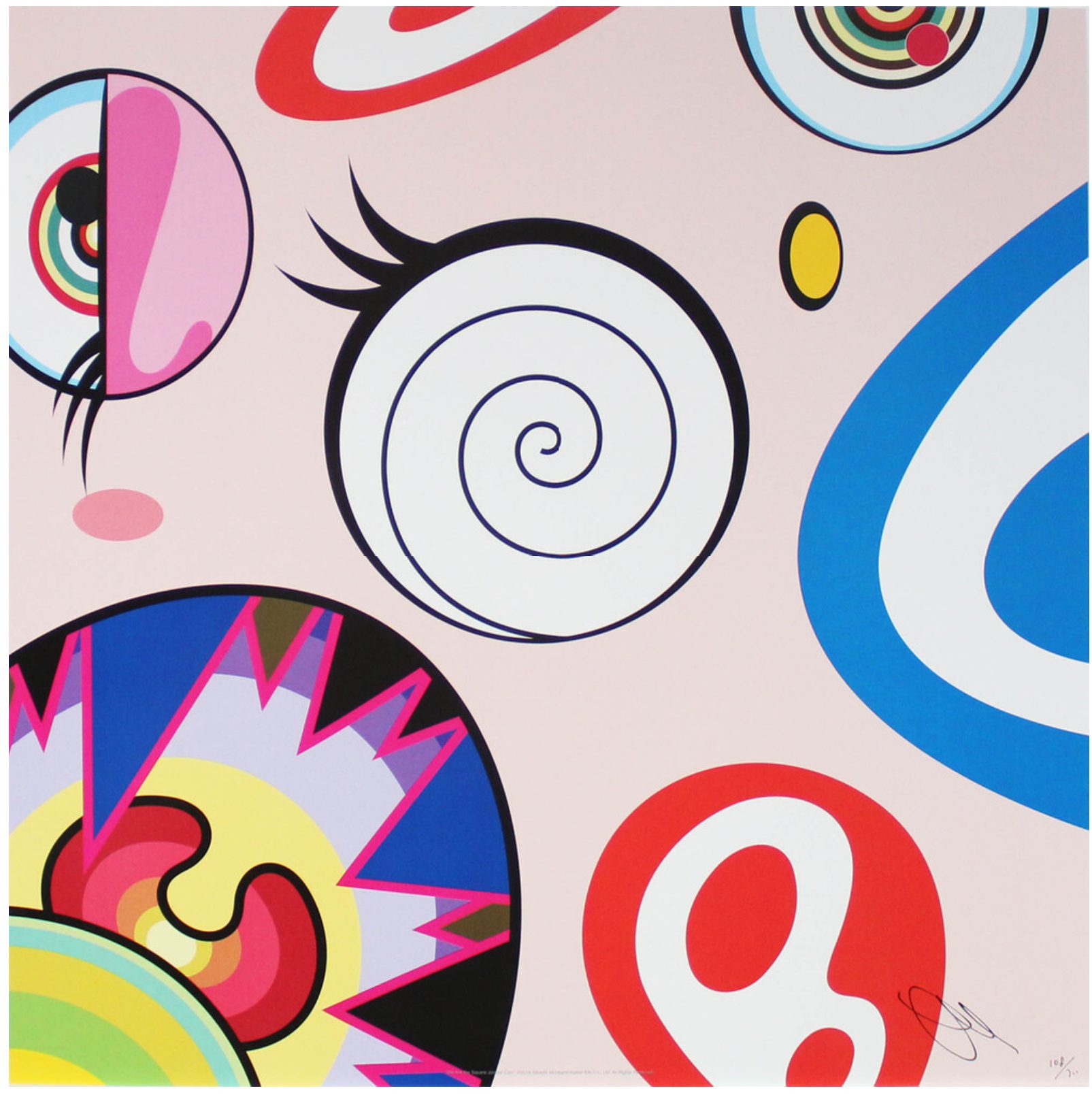
TAKASHI MURAKAMI – Jellyfish Eyes – White 3
+ We are the Jocular Clan (square)
Takashi shows that a successful piece of art doesn’t need to rely on realism and how art leaps off previous movements to develop new styles.
HOMEWORK
Your homework this week is to watch this youtube video and practice on and two-point perspective. If you want some more details on two-point perspective this is another great video!
–
Want to see what else I do? Come peek over on my insta or grab a freebie when you sign up to my newsletter below 🙂 🙂

